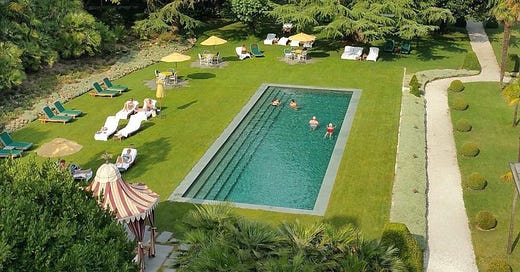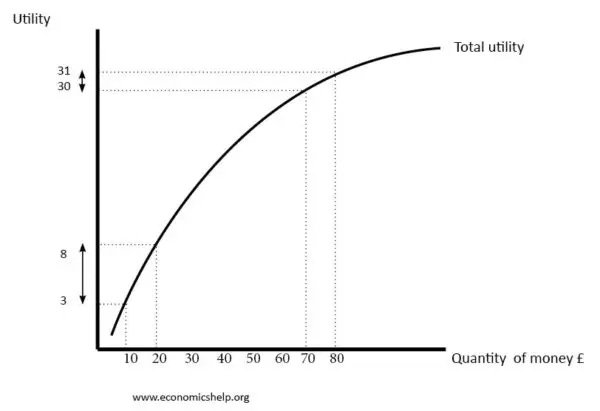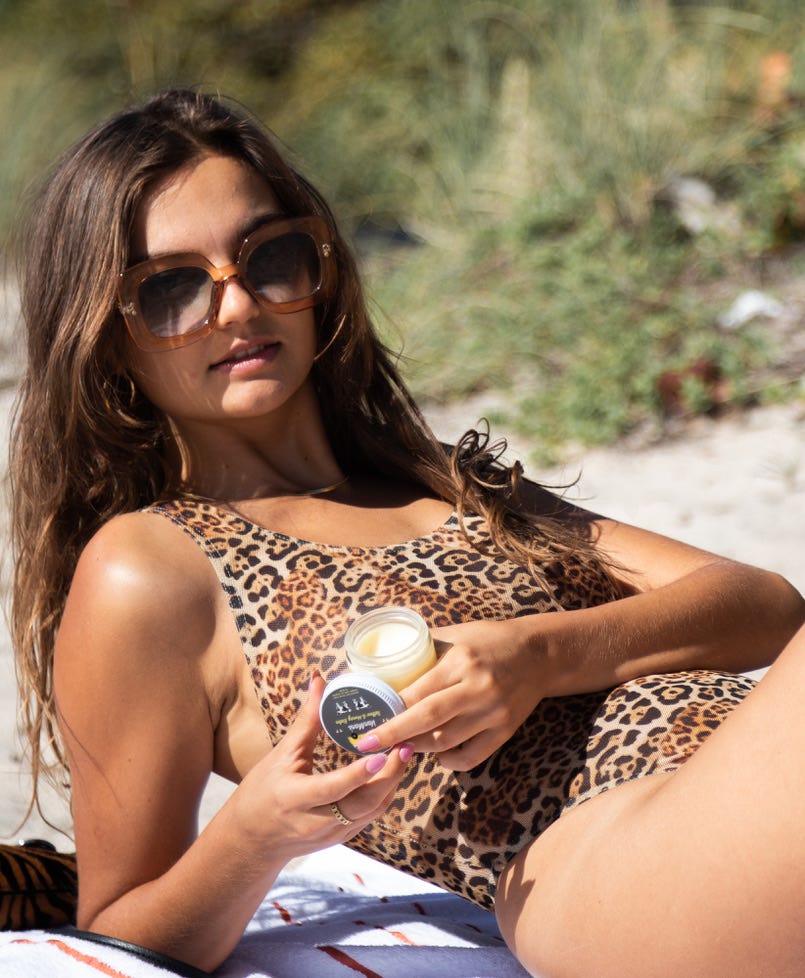“Being healthy is too expensive”.
The price tags of grass fed beef certainly make it seem that way.
But is living a healthy lifestyle really as expensive as you think?
In this article we will list out exactly how much a healthy lifestyle costs, so you can see for yourself.
It’s a spectrum
With health (as with most things), there are diminishing marginal returns when you spend more money.
I’m sure there’s a way to spend a $100k/year on food, devices, therapies, meditation retreats, etc., but you’ll quickly realize you gain a lot less for every additional dollar spent.
Our budget for the purposes of this article will be a nice middle road. We’re not going to cut corners and skimp on necessities, but we won’t be buying luxuries either. It’s up to you to decide what you want to spend or cut based on your circumstances.
Food
Food is the most fundamental category, and the one you really want to prioritize. And yes, healthy groceries cost much more than normal ones.
Annoying as it may be, think about the reason why everyone is so sick— it is because of the cheap food. You can’t have both.
That doesn’t mean you can’t do this on a budget. Imported prosciutto and caviar are not necessary.
I’m not going to list out exactly what you’ll eat, but the price per calorie is generally pretty similar for different types of food, e.g. meat, starches, etc., so this should be a good starting point for you:
1.5lbs of grass fed beef per day (cheap cuts incl. organs @ $8/lb): $360
2lbs grass fed butter ($16/lb): $32
20lbs Organic yukon gold potatoes ($4/lb): $80
4gal raw milk ($12/gal): $48
4lbs grass fed cheese ($11/lb): $48
16lbs seasonal/cheap organic fruits ($2.50/lb): $40
8 dozen pasture raised eggs ($8/dozen): $64
1lb of raw honey: $15
Total: ~$700, or $23/day
That may seem like a lot for groceries, but remember that you won’t be eating out much.
Supplements
This is where a lot of people’s health expenses get out of hand quickly.
Protein powders, multi-vitamins, herbal medicines, etc.— they are all very expensive, and way less important than food.
Because it’s easy to buy a bottle of something and pretend you’re helping yourself, people like to spend the money on them.
While most are unnecessary, a good protocol for most people would include:
Magnesium glycinate ($1/day): $30
Vitamin E ($43 w/ discount code (tanman), .5 bottles per month): $22
Vitamin K2 ($43 w/ discount code (tanman), 1 bottle/month): $43
Micro-mineral supplement like shilajit or seawater ($60 w/ discount code, .5 packages/month): $30
Ginger (digestive aid) ($.50/day): $15
Total: $140/month
Are these all necessary? Certainly not. If you’re on a tight budget, then I would just focus on the food.
Could you spend more? Absolutely, especially if you have a specific condition you’re trying to resolve.
Cosmetics
While it may seem like this will vary widely between men and women, when I actually did the math my girlfriend and I spend approximately the same amount (since she doesn’t wear makeup).
When your skin is clear and tan, it turns out you don’t really need much. But there are still a few cosmetics I’d consider necessary:
VanMan tooth powder (1 jar lasts me two months): $9
VanMan tallow balm (1 jar/2 months): $15
Bronner’s bar soap (1 bar/month): $5
Total: ~$30/month
You don’t need shampoo or conditioner (long hair or short, it doesn’t matter), and perfumes and colognes are full of hormone disrupting chemicals.
I use an electric clipper to shave, and tallow can be used everywhere on skin. This is really all that you need.
Devices
As health turns into bio-hacking, the cost of devices you could buy increases indefinitely. Replacing every lightbulb in your house, oura rings, in-home saunas, pEMF machines— if you want to really optimize, you can spend as much as you want.
But there are a few things which I think everyone should own if they can, especially if you live in a city. By increasing cost:
Blue-light blocking glasses: $120
Air filter: $170
Shower filter: $180
Red light panel: $380
Reverse-osmosis water filter: $400 (can spend way more on better ones)
Organic mattress and sheets: $2500
Total: $3700 (one-time)
Clothing
If you really want to optimize your lifestyle, healthy fabrics are a necessity.
It’s hard to budget clothing monthly since wardrobes are typically built up over years, and you can spend as much as you want on increasingly opulent fashion.
Tastes, weather, activities, and a million other things affect what you wear. But here is a generic baseline wardrobe:
8 organic cotton t-shirts: $225
1 pair pure denim jeans: $200
2 cotton chamois shirts: $120
2 cotton hoodies: $160
2 pair linen pants: $220
2 pair cotton gym shorts: $80
Barefoot shoes: $200
Miscellaneous: $300
Total: ~$1500 (one-time)
You may actually save money with natural clothing, since the expensive brands charge way more for lower quality items than the companies making stuff out of real fabric do.
Real fabric items also last must longer— you can pass a nice leather jacket down to your grandkids if you take care of it right.
Therapies and Services
This is a huge can of worms, and there are a million differnt alternative therapies that may have some merit. You can spend a lot of money here, because you are basically paying for someone’s time.
Here are some that might be useful:
Bodywork/MFR massage: ~$120/session
Personal training with Functional Patterns practitioner: ~$90/session
Breathwork: $150/session
Nutritionist coaching: $150/hour
Acupuncture: $150/session
Gym membership: $100/month
Let’s budget $300/month for this, which is about 2-3 “sessions” of whatever you choose.
Totals
Our total comes out to ~$1200/month and $5300 in one time purchases.
What does this get you? The materials you need to maintain a foundation of health greater than 95% of Americans, on a budget that the majority of Americans could easily afford (median individual income is $44k).
Are there ways to cut costs even further? Absolutely.
Keep reading with a 7-day free trial
Subscribe to Tan Land: Natural Health and Beauty to keep reading this post and get 7 days of free access to the full post archives.









